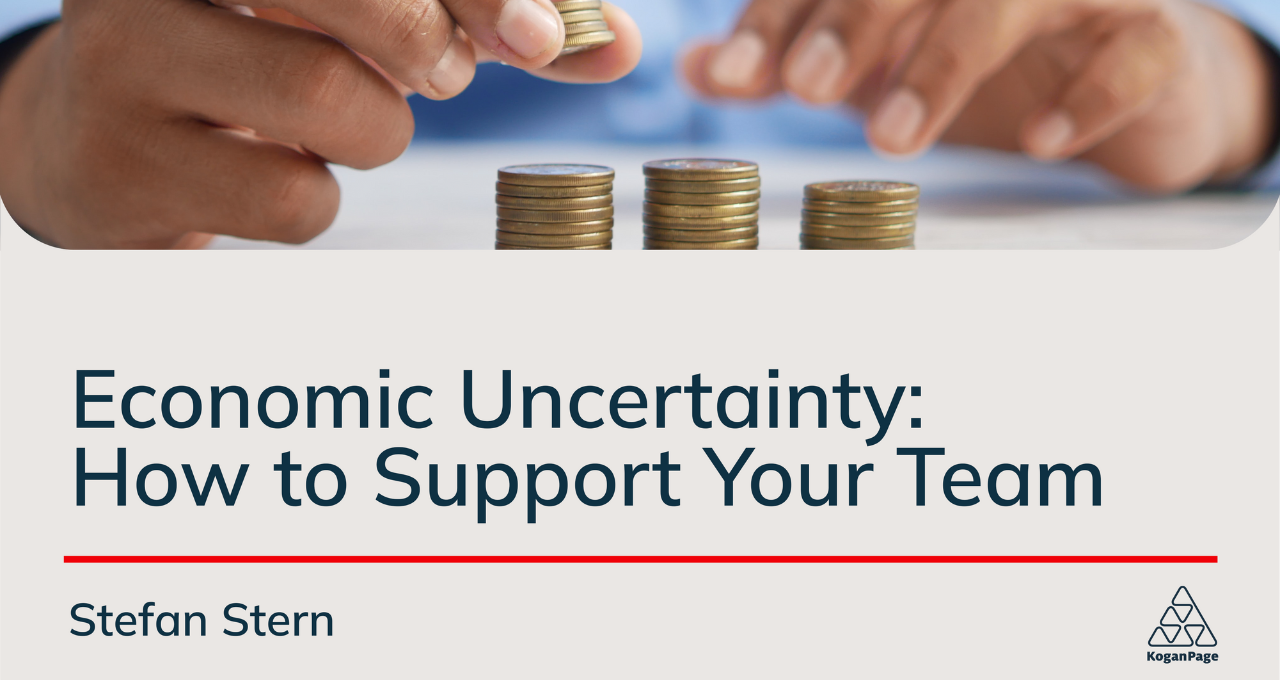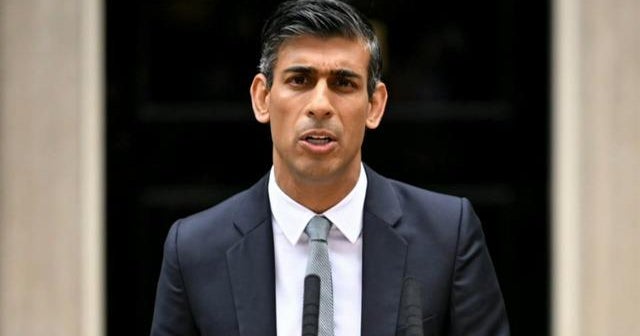Increased Economic Uncertainty: The Inflation-Unemployment Dilemma

Table of Contents
Understanding the Inflation-Unemployment Trade-off
The relationship between inflation and unemployment has long been a central focus in macroeconomic analysis. This inverse relationship is often depicted using the Phillips Curve, a graphical representation showing the trade-off between these two key economic variables.
The Phillips Curve
The Phillips Curve suggests that in the short run, lower unemployment is associated with higher inflation, and vice versa. This is because a tight labor market (low unemployment) leads to increased wage demands, which in turn push up prices.
-
Short-run Phillips Curve: Shows the inverse relationship between inflation and unemployment in the short term. Policymakers can, in theory, choose a point along this curve, accepting a certain level of inflation to achieve lower unemployment or vice versa.
-
Long-run Phillips Curve: Shows a vertical line at the natural rate of unemployment. In the long run, attempts to keep unemployment below the natural rate will only lead to accelerating inflation, with no sustained reduction in unemployment.
-
Stagflation: A situation where both inflation and unemployment are high simultaneously. This violates the short-run Phillips Curve relationship and is usually caused by supply-side shocks, such as oil price increases.
-
Shifts in the Phillips Curve: The relationship between inflation and unemployment can shift due to factors such as supply shocks (e.g., sudden increases in energy prices), changes in inflationary expectations, and changes in productivity. A negative supply shock, for example, can shift the curve upwards, meaning higher inflation for any given unemployment rate. Phillips Curve analysis is therefore crucial for understanding the complexities of this relationship.
Causes of Increased Economic Uncertainty
Several factors contribute to the current climate of increased economic uncertainty, fueling both inflationary pressures and unemployment concerns.
Supply Chain Disruptions
Global supply chains have been severely disrupted in recent years, leading to shortages of goods and pushing up prices. The COVID-19 pandemic exacerbated existing vulnerabilities, while geopolitical events further complicated logistics and increased transportation costs. This led to significant inflationary pressures, impacting everything from energy prices to consumer goods.
- Example: The semiconductor shortage, triggered by the pandemic, led to higher prices for electronics and automobiles, contributing significantly to inflation.
Geopolitical Instability
Geopolitical events, such as the war in Ukraine and escalating trade tensions, have created significant economic uncertainty. These events disrupt global trade, increase energy prices, and create volatility in financial markets, impacting investment and employment.
- Example: The war in Ukraine significantly impacted energy markets, leading to a sharp rise in oil and gas prices, which has rippled through the global economy.
Monetary Policy Challenges
Central banks are facing the difficult task of managing inflation without triggering a sharp rise in unemployment. The tools available include interest rate hikes and quantitative tightening. However, these measures can have negative consequences for economic growth and employment.
-
Interest rate hikes: Increasing interest rates makes borrowing more expensive, slowing down economic activity and potentially leading to job losses.
-
Quantitative tightening: Reducing the money supply through selling government bonds can help curb inflation but may also lead to tighter credit conditions and slower economic growth. The delicate balancing act required highlights the challenges of effective monetary policy in times of increased economic uncertainty and inflationary pressures.
Managing the Inflation-Unemployment Dilemma
Addressing the current economic challenges requires a multifaceted approach involving coordinated policy responses from governments and central banks, as well as proactive strategies from businesses.
Policy Responses
Governments can implement various policies to mitigate the impact of increased economic uncertainty. These might include fiscal stimulus measures (targeted spending to boost demand), tax cuts to encourage investment and consumption, or investment in infrastructure projects to stimulate economic activity and create jobs. However, poorly targeted fiscal stimulus can exacerbate inflationary pressures.
The Role of Central Banks
Central banks play a crucial role in controlling inflation through monetary policy. Their actions, such as adjusting interest rates and managing the money supply, directly influence borrowing costs, investment, and overall economic activity. However, the effectiveness of monetary policy tools varies depending on the underlying causes of inflation.
Strategies for Businesses
Businesses need to adapt to navigate the challenges of increased economic uncertainty. This includes diversifying supply chains to reduce reliance on single sources, implementing cost-cutting measures to maintain profitability, and engaging in careful workforce planning to manage labor costs and retain skilled employees. Risk management strategies are critical for business resilience in this volatile environment.
Conclusion
Increased economic uncertainty, driven by the inflation-unemployment dilemma, presents significant challenges for policymakers and businesses. The complex interplay between inflation and unemployment, illustrated by the Phillips Curve, requires careful consideration of both short-term and long-term consequences when implementing policy solutions. Understanding the intricacies of the increased economic uncertainty and the inflation-unemployment dilemma is crucial for navigating these turbulent times. Stay informed about current economic trends and adapt your strategies accordingly to mitigate risk and safeguard your financial future. Proactive planning and a flexible approach are essential for weathering this period of economic volatility and successfully managing the inflation-unemployment trade-off.

Featured Posts
-
 Se Cae Ticketmaster Noticias De Grupo Milenio Del 8 De Abril
May 30, 2025
Se Cae Ticketmaster Noticias De Grupo Milenio Del 8 De Abril
May 30, 2025 -
 Portugal Presidential Consultations Before Prime Minister Announcement
May 30, 2025
Portugal Presidential Consultations Before Prime Minister Announcement
May 30, 2025 -
 Discover The Best Paris Neighborhoods An Insiders Look
May 30, 2025
Discover The Best Paris Neighborhoods An Insiders Look
May 30, 2025 -
 Exclusion De Marine Le Pen En 2027 Les Declarations Chocs De Laurent Jacobelli
May 30, 2025
Exclusion De Marine Le Pen En 2027 Les Declarations Chocs De Laurent Jacobelli
May 30, 2025 -
 Exploring Sparks Mad A Comprehensive Album Review From Stereoboard
May 30, 2025
Exploring Sparks Mad A Comprehensive Album Review From Stereoboard
May 30, 2025
